The process and practices of looking after the environment are referred to as kaitiakitanga. To be effective people must understand the relationships between themselves and the environment in which they live. People are part of the environment, not superior to it. A kaitiaki ensures that the mauri (life force) of the land is healthy and strong.
Room 13 took part in replanting an area of cleared land close to the school with native trees.
Room 13 had a special job to do. We had to cross the road to meet Kids Greening Taupō. It was a bit sunny and really windy. A long time ago, before I was born, some thoughtless people chopped and cleared away the native plants to grow pine trees and make farmlands. People cut down these trees to make room for houses too. The thoughtless people did not realise that they were getting homes but the more and more they chopped the more animals had to move somewhere else. The animals that did not move would have no food and they died.
I could not believe my eyes. It looked like a dump truck had been. I picked up a handbag, a hose, wood and two wheels. There was also broken glass. When I picked up the rubbish I was sad. It looked ugly but after we picked up the rubbish it was beautiful.
A kaitiaki is a guardian and protector of the land. A guardian can pick up lots of rubbish and help with the planting of trees. The native trees make homes and provide food for the native animals.
We want to bring the native birds back so we need to plant more native trees. Brodie
A kaitiaki plants native trees so our native birds can survive in the forest. The native trees provide shelter and food for the birds. Demi
To better understand the environment in which we live in, Room 13 is researching ecosystems. An ecosystem describes a specific area where organisms work together as a unit. It contains living and nonliving items. It could be a tiny pool of water or hundreds of square metres of bushland. Each ecosystem is different. Each ecosystem has established a balance over time that is important to every form of life within it.
Learning activities so far have included a habitat scavenger hunt, classification of living and nonliving things, researching animals observed around the school and writing facts.
Room 13 has observed how humans have adversely affected an ecosystem. Cutting down native trees, developing land, growing crops and dumping rubbish have upset the balance of nature. Learning about the environment and the different ecosystems will help us restore the balance.

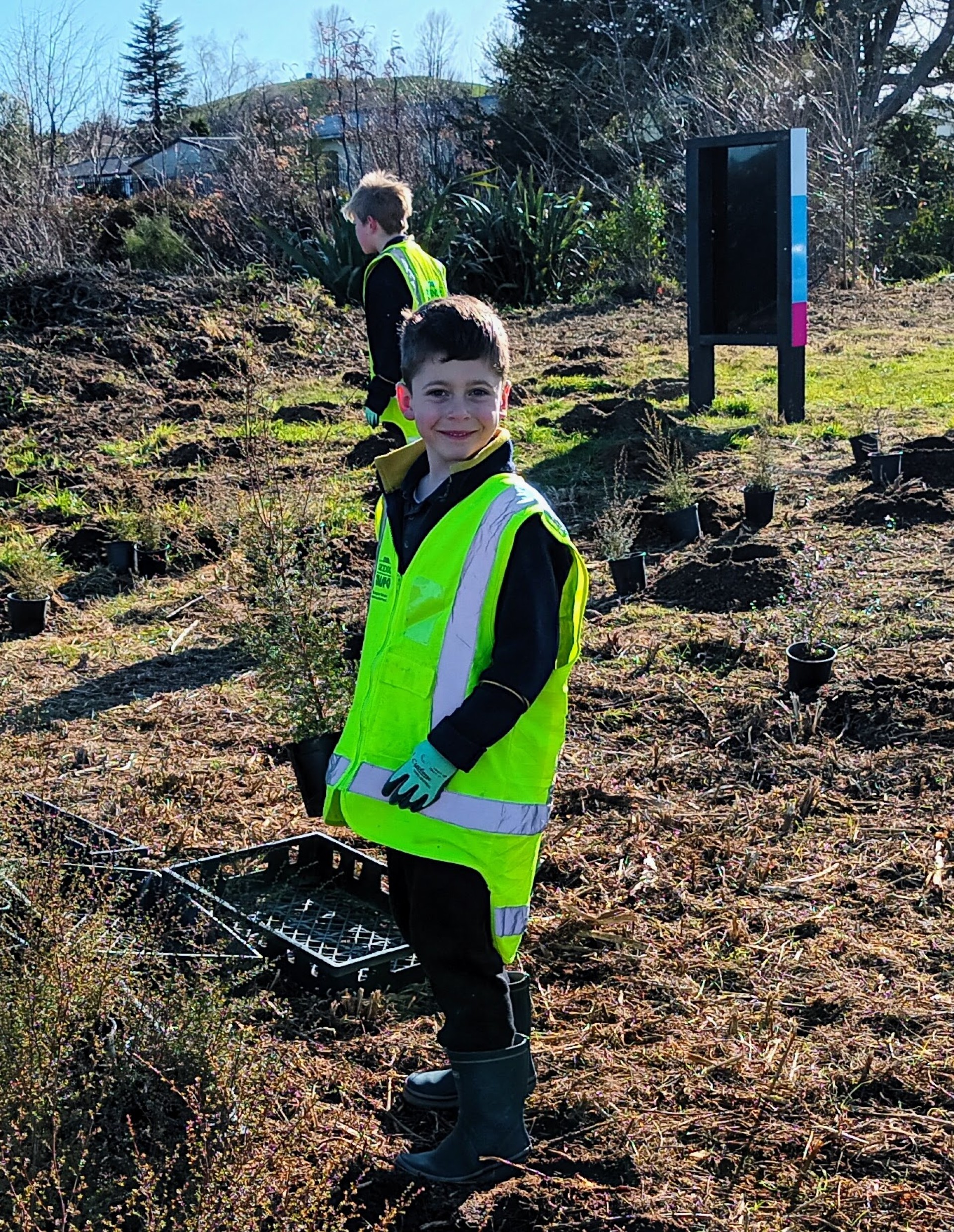
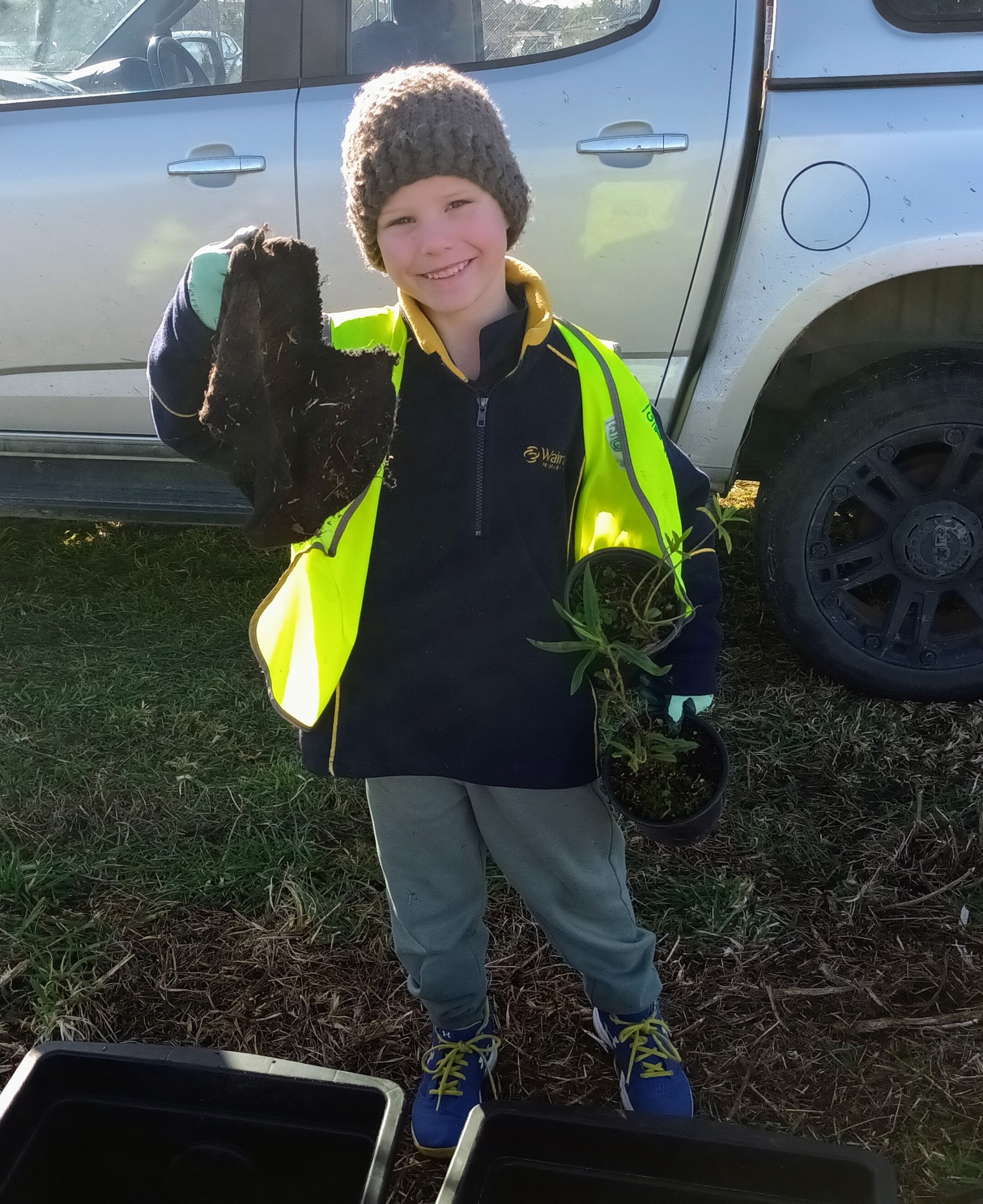
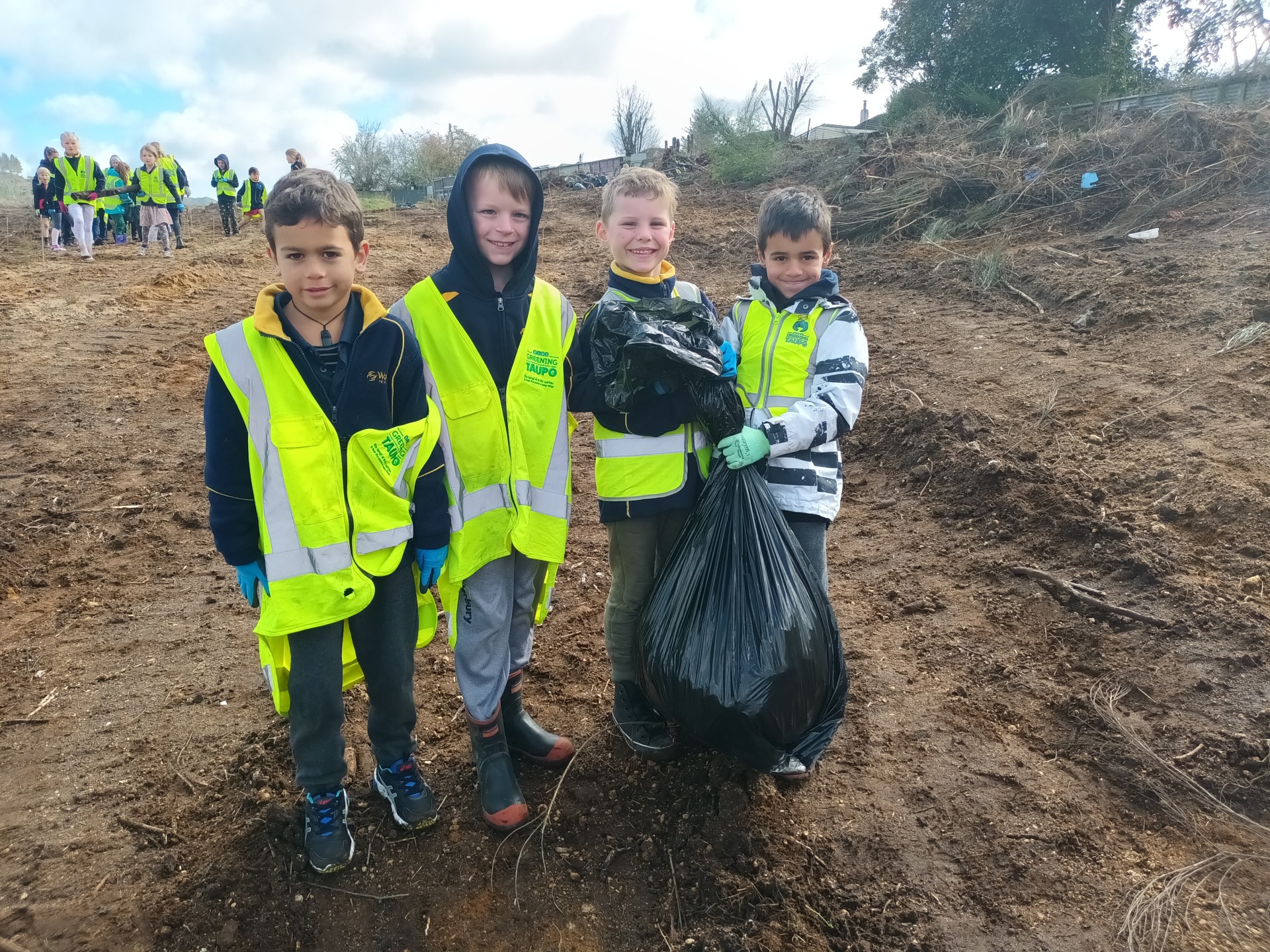
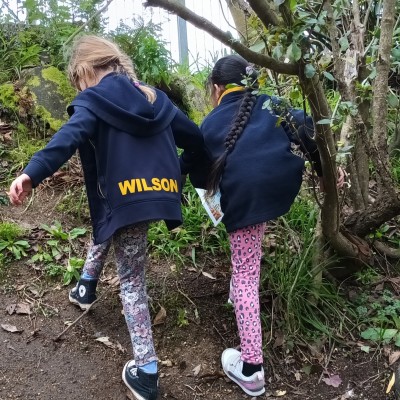
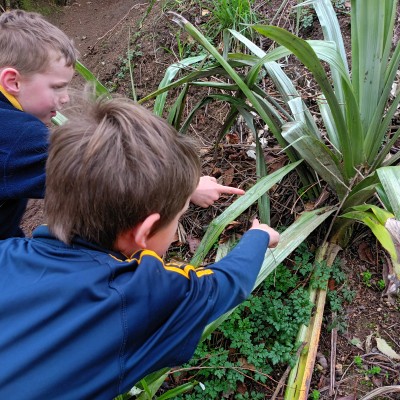
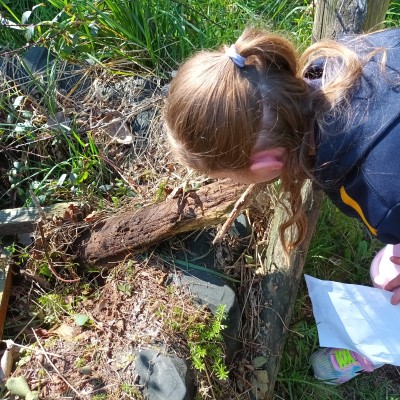
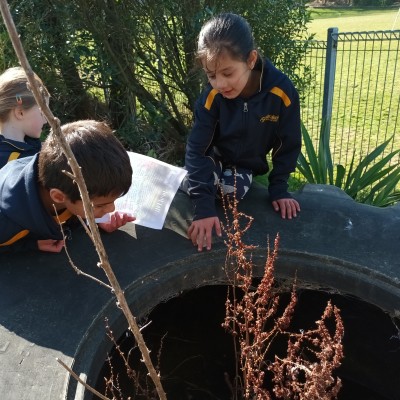
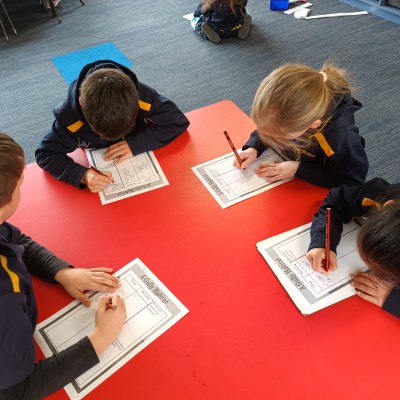
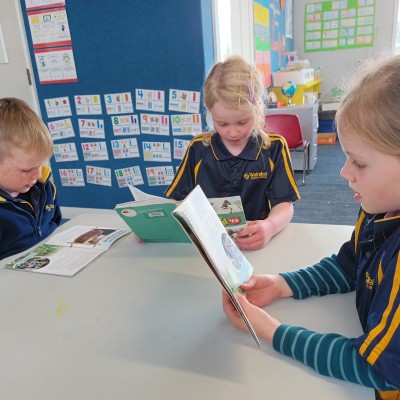

Comments
No one has commented on this post yet.